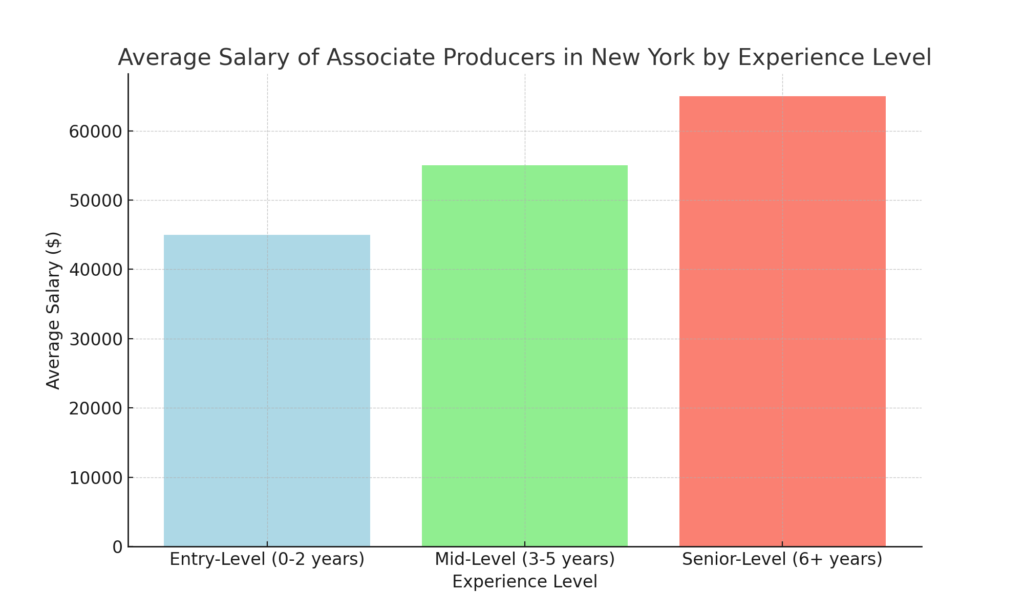New York City, often heralded as the epicenter of the media industry, offers a vibrant landscape for professionals seeking opportunities in various media sectors. This detailed guide will walk you through what New York media jobs entail, why they are sought after, and how you can position yourself to be a competitive candidate in this dynamic field.
What Are New York Media Jobs?
Media jobs in New York cover a broad spectrum of roles within the communications industry. From traditional positions in print and broadcast journalism to newer roles in digital media and technology, the opportunities are vast. Media professionals in New York might find themselves working at major broadcasting networks, renowned publishing houses, innovative digital startups, or leading advertising agencies.
Key Sectors in New York Media
- Journalism and Broadcasting: Whether reporting for a major newspaper, working in sports media jobs, or producing content for a news website, journalists in New York are at the forefront of breaking news across the globe.
- Publishing: Home to some of the largest publishing houses in the world, New York offers careers in editing, literary representation, and book design.
- Digital Media: With roles in social media jobs in NYC, digital marketing, and content creation, the digital landscape is expanding rapidly.
- Public Relations and Advertising: Professionals here craft the public image of their clients through strategic communication and media campaigns, encompassing jobs in media and entertainment.
Why Pursue a Career in New York Media?
New York’s media industry is not only diverse but also highly influential, offering unparalleled opportunities for networking, professional growth, and creative expression. Being in New York allows media professionals to be at the center of innovation and culture, where they can directly influence trends and news.
Opportunities for Advancement
The competitive nature of New York’s media scene means that those who are ambitious and skilled can advance rapidly. The city’s rich array of media firms provides numerous pathways for career progression, including media jobs NYC entry-level positions, which are a great starting point for recent graduates.
Cultural and Creative Hub
New York is a melting pot of cultures, which is reflected in its media output. Working in such a dynamic environment encourages creativity and offers a daily dose of inspiration.
How to Land Media Jobs in New York
Securing a media job in New York requires a blend of education, experience, and networking. Below are some steps to help you start your career in New York media.
Educational Background
A degree in media studies, journalism, communications, or a related field is typically necessary. Many employers look for candidates with a strong foundation in media theory, combined with practical experience such as internships.
Gaining Experience
Internships are a golden ticket in this industry. They not only provide essential experience but also help in building a professional network. For those looking at entry points, there are also New York media jobs no experience necessary, where training is provided on the job.You can also read What Should An Associate Producer Be Making In New York?.
Networking
Attending industry events, joining professional organizations, and connecting with alumni are effective strategies for networking. Remember, it’s often about who you know as much as what you know in New York’s media job market.
New York Media Job Trends: What to Watch For
Staying updated with the latest industry trends is crucial for anyone looking to enter or advance in New York media jobs. Digital transformation, the rise of AI in content creation, and the shift towards mobile journalism are just a few of the trends reshaping the landscape.
The Importance of Digital Skills
In today’s media job market, digital skills are indispensable. Understanding social media analytics, SEO, and content management systems is nearly as essential as traditional media skills.
The Freelance Revolution
An increasing number of media professionals are turning to freelance to gain more control over their careers. This shift is changing how media is produced and consumed in significant ways.
New York Media Jobs Salary and Flexibility
When considering a career in media, many are curious about the New York media jobs salary range. Salaries vary widely depending on experience and the specific sector within media. Additionally, the rise of remote work has introduced more flexibility, with New York media jobs remote positions becoming increasingly common.
Conclusion
A career in New York media is not only exciting and rewarding but also demanding. With the right preparation and mindset, you can find a fulfilling career path in one of the world’s most dynamic cities. Whether you’re editing the next breaking news story, crafting a viral marketing campaign, or reporting from the heart of the city, New York media jobs offer something unique for every media professional.










